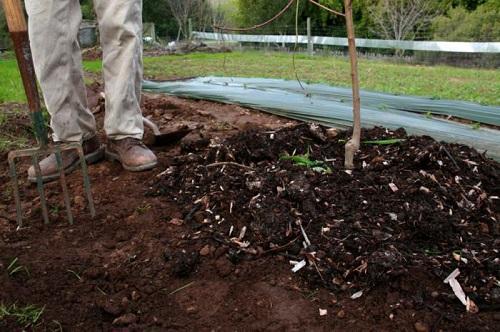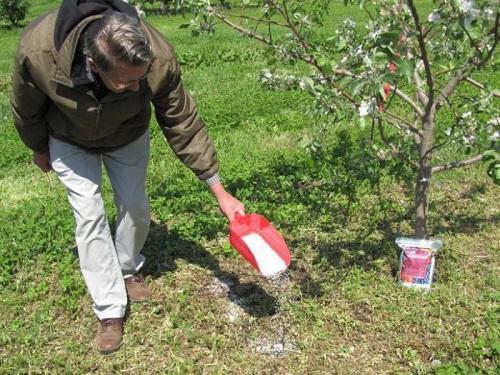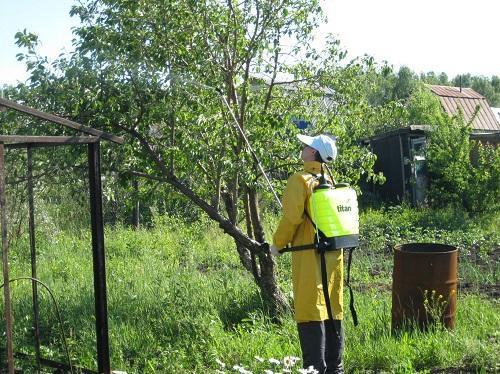Spring feeding of pears: what to use?
Regular feeding plays an important role throughout the life cycle of garden trees, including pears. Even if it grows in fertile soil, over time the tree will take a supply of nutrients from the soil. In order to prevent the complete depletion of the soil and provide the pear with a full range of necessary elements, it should be fertilized.
Despite the fact that the main feeding is done in the fall, the tree also needs feeding in the spring. Fertilizing in early spring helps the pear to recover from wintering and prepare for fruiting.
Stages of spring feeding of pears
How to feed the pear in the spring to stimulate active growth and the laying of more ovaries? It depends on the period in which the tree is to be fertilized. Based on this, spring feeding of pears takes place in several stages:
- in early spring before bud break;
- during flowering pear;
- after the end of flowering.
Early feeding of pears
At the beginning of spring, when the air temperature reaches stable values and the buds begin to swell, the trees must be fed with fertilizers containing nitrogen. You can choose from one of the following formulations:
- Saltpeter solution. Use for root dressing, diluting 2 tbsp. l. saltpeter in a bucket of water.
- Infusion based bird droppings. For irrigation in the near-stem circle, dilute 0.5 kg of droppings in 10 liters of warm water per tree and let it brew for 24 hours.
- Urea solution. Add 50 g of the preparation to a bucket of water.
In order not to provoke an overdose of fertilizers and the appearance of burns, one type of fertilizer should be used.
Fertilization during pear flowering
When the trees begin to bloom, gently loosen the soil around the trunk, about 60 cm in diameter. During this period, at least 40 liters of nutrient solution is needed for one tree. Top dressing with a carbamide solution (300 g per bucket of water) or superphosphate (100 g for the same amount of water). You can also use organic matter, for example 5 liters of diluted cow dung per 10 liters of water.
Experienced gardeners recommend making grooves around the tree perimeter (50 cm deep) and pouring fertilizer into them. This does not apply to columnar pear varieties that have a shallow root system.
Top dressing during fruit setting
When the pear has bloomed, it is necessary to apply fertilizers aimed at the development and ripening of the fruits. To do this, it is good to use nitroammophoska: for 10 liters of water - 50 g of the drug. Add at least 3 buckets of mortar under one tree.
To prevent the ovaries from crushing and crumbling, the pear can be fed with phosphorus-potassium mixtures.
In a cold spring, it is useful to carry out foliar dressing by spraying a pear, since under such weather conditions, nutrients are poorly absorbed by the root system. So, one and a half weeks after the end of flowering, treat the branches with a 1% urea solution. If necessary, repeat the treatment after two weeks.
To protect against insects, spray the pear with an ash solution.